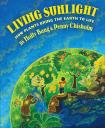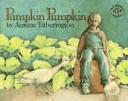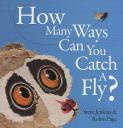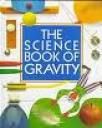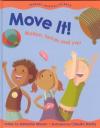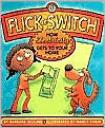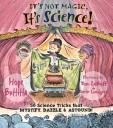
Forces and Motion by Alvin Silverstein, Virginia Silverstein, and Laura Silverstein Nunn, is a book introducing readers to contact forces, forces at work, simple machines, motion and gravity, etc.
When you are sitting still in a chair, what forces are at work? What happens if you tilt the chair on its back legs, or if ten people sit on your lap? How do the forces change? It is easy to see forces at work in a football game or at a theme park, but forces and motion happen in your daily life all the time without you even realizing it. Well-known science writers Alvin and Virginia Silverstein and Laura Silverstein Nunn explain different types of forces, how forces and simple machines work, the laws of motion, an dhow the laws act in different substances. The authors also reveal current research on forces and motion, showing ways that scientists and engineers are using this knowledge to improve almost every part of our modern lives. Here are a few excerpts.
1. Are you ready to kick the game-winning field goal? the football player asks himself. He swings his leg back and kicks the ball with tremendous force, sending it flying way up in the air. The ball twists and turns until finally the referee throws his arms up and yells: “It’s good!” Without that hard, forceful kick made my the football player, the ball might now have reached its target. Forces at work keep the action going in a football game. (pg. 4)
2. Many people do not like working. But work is more than having a job, doing your chores, or getting your homework done. In science, work has a very specific meaning. Work is what happens when a force makes an object move. Work is done when you sit down, lift weights, dance, or kick a soccer ball. (pg. 30)
Curriculum Connections
Forces and Motion is an attractive and inviting book with full-color photographs and diagrams for children in third and forth grade. For third grade, this book will allow students to investigate and understand simple machines and their uses (VA SOL 3.2). For fourth grade, Forces and Motion will allow students to investigate and understand characteristics and interaction of moving objects (VA SOL 4.2).
Additional Sources
- An Invisible Force is a book student can read and follow the quest to understand the laws of motion and gravity.
- This website has various activities the students can conduct to understand force, matter, energy, and motion.
- This lesson plan introduces simple machines and how we see and use them in everyday life.
Book: Forces and Motion
Author: Alvin Silverstein, Virginia Silverstein, and Laura Silverstein Nunn
Publisher: Twenty-First Century Books
Publication Date: 2008
Pages: 112
Grade Range: 4-8
ISBN: 978-0-8225-7514-6

